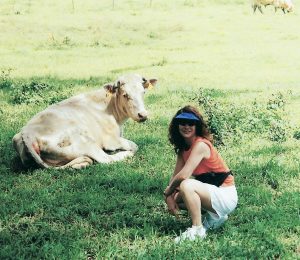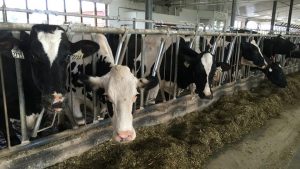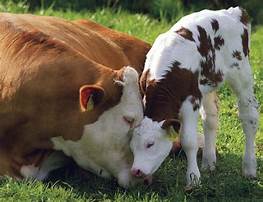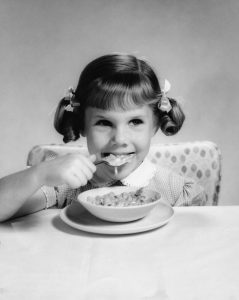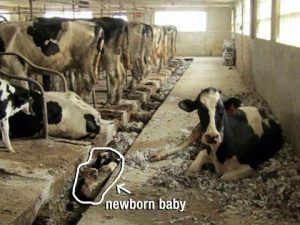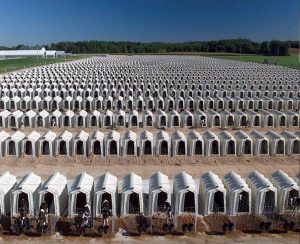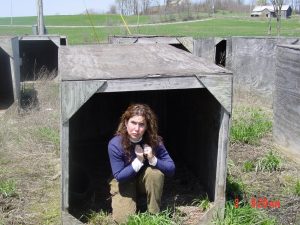 Cows produce milk for the same reason humans and other mammals do: to nourish their young. But the millions of cows who live on dairy farms are forced into a vicious cycle of continuous pregnancy so that they will produce milk for human consumption. Their female calves are used to replace their mothers in the dairy herd, but the males meet an even crueler fate: they are doomed to a short, painful life in a veal crate, a life characterized by confinement, malnutrition, disease, and slaughter.
Cows produce milk for the same reason humans and other mammals do: to nourish their young. But the millions of cows who live on dairy farms are forced into a vicious cycle of continuous pregnancy so that they will produce milk for human consumption. Their female calves are used to replace their mothers in the dairy herd, but the males meet an even crueler fate: they are doomed to a short, painful life in a veal crate, a life characterized by confinement, malnutrition, disease, and slaughter.
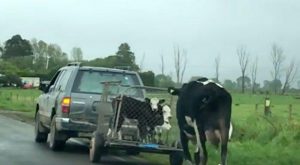 Without human intervention, calves suckle from their mothers for nearly a year. One veterinary study revealed that during natural weaning there is never complete and abrupt abandonment of the calf by the cow. In fact, the cow and calf will maintain a lifelong relationship of social contact and companionship even when a new offspring arrives. Another study found that a cow and her calf can develop a strong maternal bond in as little as five minutes. But calves born on dairy farms are taken from their mothers on the same day they are born and fed milk replacers, including cattle blood, so that humans can have the milk instead. This forced separation causes cows and calves great anxiety and distress, and cows have been known to escape enclosures and travel for miles to reunite with their young. One recent viral video captured a mother cow in New Zealand desperately chasing the vehicle that was taking her babies away.
Without human intervention, calves suckle from their mothers for nearly a year. One veterinary study revealed that during natural weaning there is never complete and abrupt abandonment of the calf by the cow. In fact, the cow and calf will maintain a lifelong relationship of social contact and companionship even when a new offspring arrives. Another study found that a cow and her calf can develop a strong maternal bond in as little as five minutes. But calves born on dairy farms are taken from their mothers on the same day they are born and fed milk replacers, including cattle blood, so that humans can have the milk instead. This forced separation causes cows and calves great anxiety and distress, and cows have been known to escape enclosures and travel for miles to reunite with their young. One recent viral video captured a mother cow in New Zealand desperately chasing the vehicle that was taking her babies away.
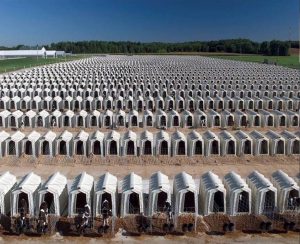 Small Stalls and No Exercise
Small Stalls and No Exercise
Calves raised for veal are forced to spend their short lives chained to tiny individual crates. These crates are designed to prohibit exercise and normal muscle growth in order to produce tender “gourmet” veal. The calves are fed a milk substitute that is purposely low in iron so that they will become anemic and their flesh will stay pale.
Because of these extremely unhealthy living conditions, calves raised for veal are susceptible to a long list of diseases, including chronic pneumonia and diarrhea. A study published in the Journal of Animal Science found that calves who were kept in these veal crates had difficulty keeping themselves clean and had trouble extending their front legs and changing from a lying to a standing position, which resulted in joint swelling. It was also determined that stereotypical forms of stress behaviors, such as tongue rolling and “sham-chewing” (the act of chewing without food in the mouth), increase when smaller pens were used and as calves got older.
What You Can Do
Veal crates have been prohibited in European Union member countries since 2007, but can still be seen by the thousands here in the United States. Demand your legislators follow the example of Arizona, California, Colorado, Kentucky, Maine, and Ohio – states which have banned veal crates – by sponsoring bills that would prohibit them in your state.
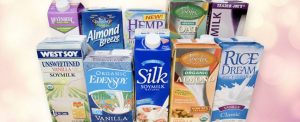 In addition to refusing to eat veal, avoid all dairy products—calves raised for veal are a by-product of the dairy industry. Try fortified soy, almond, oat, coconut, rice, or other plant-based milks, all of which provide calcium, vitamins, iron, zinc, and protein but contain no cholesterol. They are delicious and perfect for cereal, smoothies, baked goods, and other recipes. Many smooth and creamy dairy alternatives, including nondairy ice cream, cheese, sour cream, and coffee creamers, are easy to find in most supermarkets.
In addition to refusing to eat veal, avoid all dairy products—calves raised for veal are a by-product of the dairy industry. Try fortified soy, almond, oat, coconut, rice, or other plant-based milks, all of which provide calcium, vitamins, iron, zinc, and protein but contain no cholesterol. They are delicious and perfect for cereal, smoothies, baked goods, and other recipes. Many smooth and creamy dairy alternatives, including nondairy ice cream, cheese, sour cream, and coffee creamers, are easy to find in most supermarkets.
No veal, no dairy – healthy for you, compassionate for cows.
Peace for ALL the animals which whom we share this planet.

